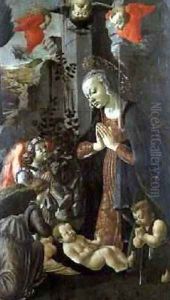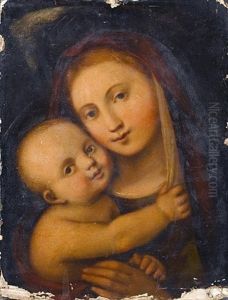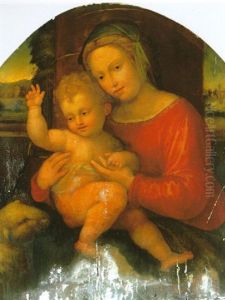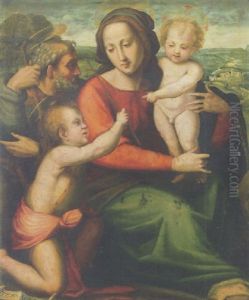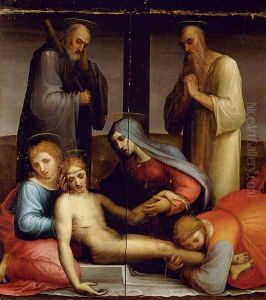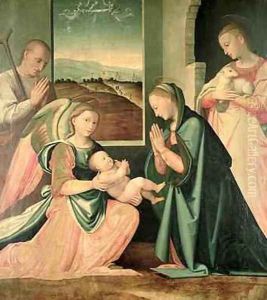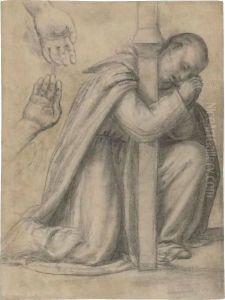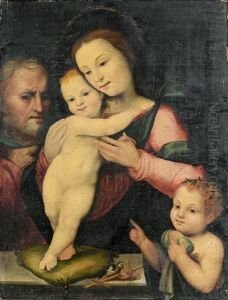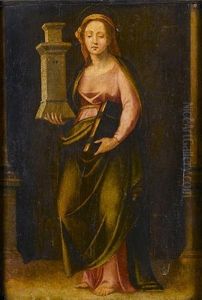Fra Paolino Paintings
Fra Paolino, also known as Fra Paolino da Pistoia or Paolo Uccello, was an Italian painter of the Renaissance period. He was born Paolo di Stefano Badaloni in 1488 in Pistoia, Tuscany, which was then part of the Republic of Florence. He entered the Dominican Order at a young age, which is why he is known as 'Fra', meaning 'brother' in Italian. His religious commitment and monastic life significantly influenced his artistic work, which often featured religious themes and figures.
Paolino trained under Fra Bartolommeo, another prominent Dominican painter, who had a profound impact on his style and technique. Through this apprenticeship, Paolino was exposed to the work of other Renaissance masters such as Leonardo da Vinci, Raphael, and Michelangelo, whose influence can be seen in his use of perspective, anatomy, and composition.
His works are characterized by their devotional nature, delicate color palette, and serene compositions. He was particularly adept at fresco painting, a technique that involves applying water-based pigments to freshly applied plaster, which was a popular method for decorating the walls of churches and public buildings during the Renaissance.
Despite being a respected artist in his time, Fra Paolino's work was somewhat overshadowed by the grand masters of the Renaissance. However, he was still able to leave his mark, particularly in the region of Tuscany where he worked on several important commissions. His contributions to art include altarpieces, frescoes, and panel paintings, many of which still adorn churches and museums in Italy.
Fra Paolino passed away in 1547 in Pistoia. His legacy, though not as well-known as that of his contemporaries, remains an important part of the tapestry of Renaissance art. His work continues to be studied and appreciated for its beauty and its role in the development of Renaissance artistic principles, particularly within the context of religious art.
